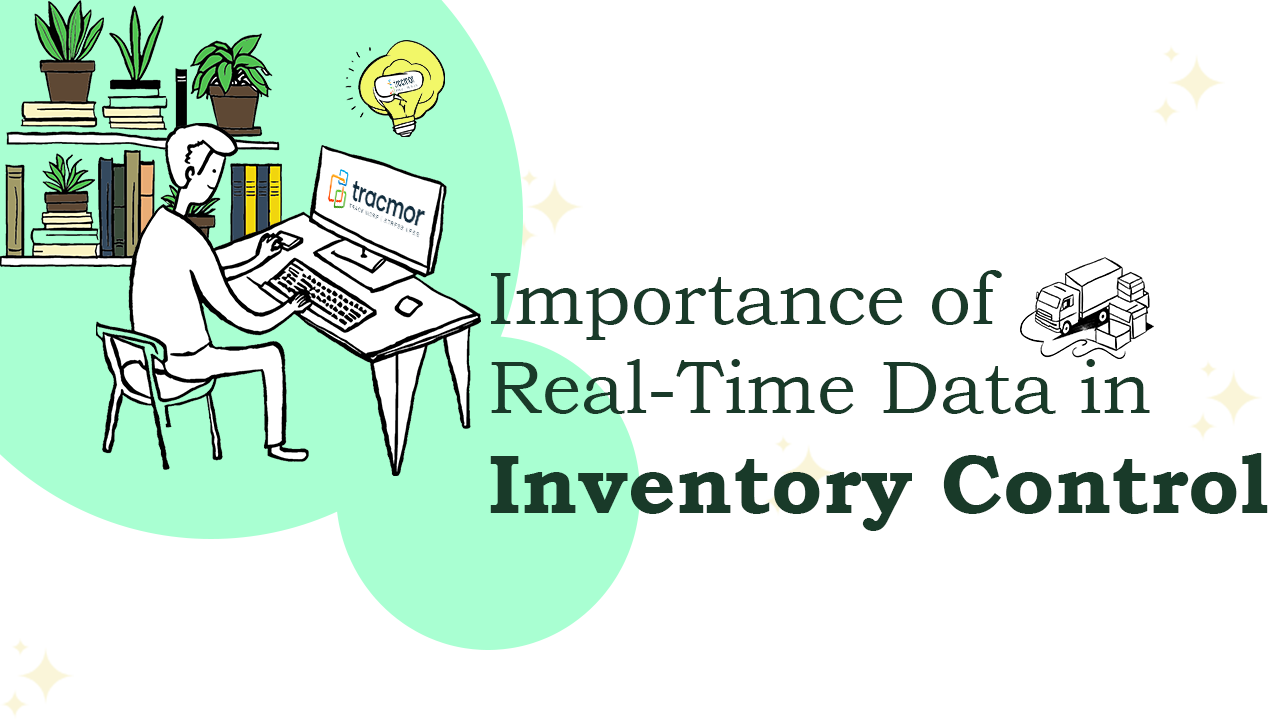Imagine a shop that lose millions of dollars in sales yearly due to mistakes in inventory management. For many businesses, this is not just an imagined scenario but a reality. Research shows that worldwide businesses lose over a billion dollars annually because of inventory issues, such as having too much or too little goods.
Keeping current records of your inventory is important in the fast-paced world of today. Getting information quickly as it happens, as compared to waiting for updates at the end of the day or week, is what real-time data involves. It makes it easy for companies to constantly track the quantity of inventory they have on board. Using real-time data for inventory control isn’t just a nice to have it’s essential. It makes businesses run more smoothly, saves money, and improves inventory management for businesses. We’ll explore the advantages of real-time data, its importance, and how it could affect the companies manage their inventories.
What is Real-Time Data in Inventory Control?
Real-time data in inventory management means having up-to-the-minute information about your inventories. You get instant updates whenever there is a change rather than waiting for weekly or end-of-day updates. This helps businesses make better choices more quickly by letting them know exactly what they have in stock at all times.
Technologies Involved:
Real-time data processing and collecting are made possible by a variety of technologies:
IOT (Internet of Things):
Devices connected to the internet can automatically deliver updates regarding actions, inventories, and other things.
RFID (Radio Frequency Identification):
Inventory counts can be quickly updated without requiring manual data entry by scanning the tags on objects.
Barcode Scanning:
Scanning barcodes at various points (receiving, stocking, and selling) provides immediate updates to inventory records.
Cloud Computing:
Businesses can easily keep constant inventory control by storing inventory data on the cloud, which offers real-time updates and access from any location
Benefits of Real-Time Data in Inventory Control
Enhanced Accuracy
- less mistakes compared to manual entry.
- Better accuracy in locating and calculating inventory levels.
Improved Decision-Making
- Current data helps better planning and outlook.
- Makes it easier to decide when to reorder and where to allocate inventory.
Increased Efficiency
- Faster inventory processes and less time spent counting stock.
Cost Savings
- Keeps holding costs down by maintaining just the right amount of stock.
- Keeps resources from running out or from being overstocked.
Challenges and Solutions
Challenges
- High initial setup costs and complexity.
- Concerns about data security and privacy.
- Difficulty integrating with existing systems.
Solutions
- Invest in scalable and secure technology.
- Train staff to use the new systems well.
- Partner with reliable technology providers like Tracmor, a cloud-based application for asset and inventory management, to ensure a smooth and effective implementation.
Future Trends
Predictive Analytics
Data in real time helps in planning future inventory needs. Businesses may more accurately predict need and avoid running out of stock or having too much by examining past as well as present information.
AI and Machine Learning
Inventory management is made smarter by AI and machine learning. Inventory management can be more accurate and effective thanks to these technologies.
Conclusion
Real-time data boosts inventory control by improving accuracy, decision-making, efficiency, and customer service. Technologies like IoT, RFID, barcode scanning, and cloud computing make this possible. Tracmor offers a secure and scalable solution to these challenges. Ready to enhance your inventory management? Try Tracmor, our cloud-based asset and inventory management application.
Embrace the future of inventory management with real-time data. Contact us or take free Demo and see how Tracmor can transform your business.



